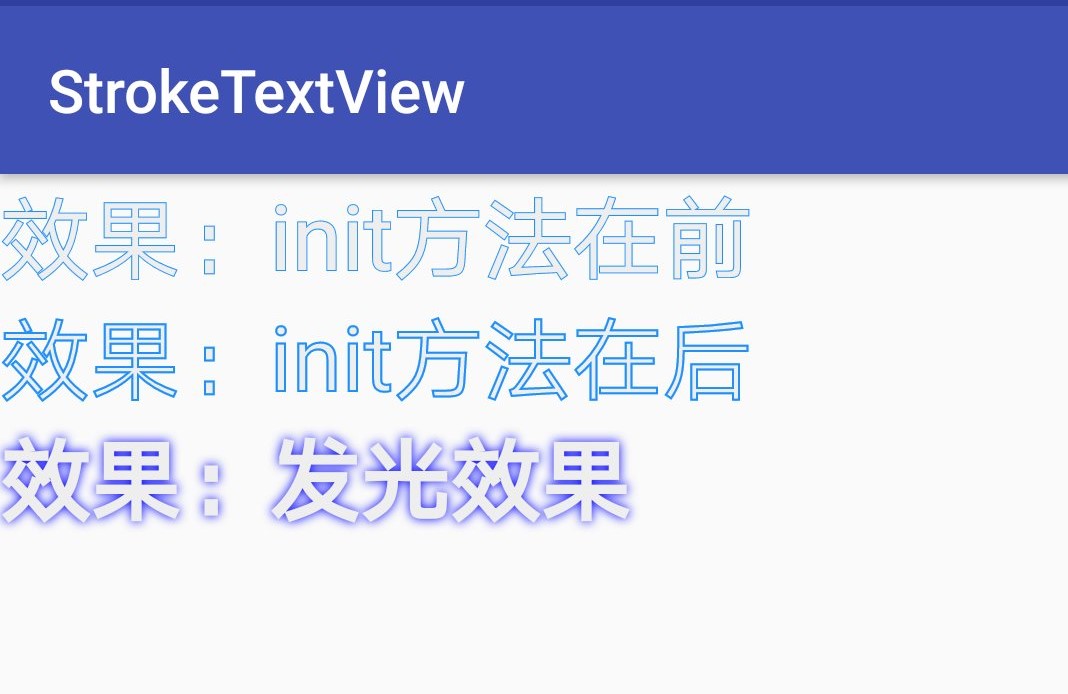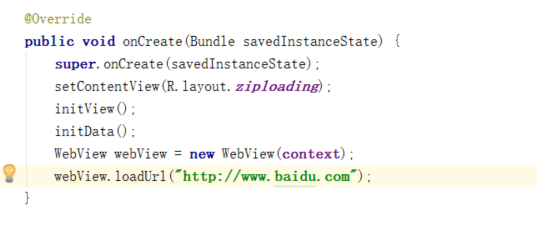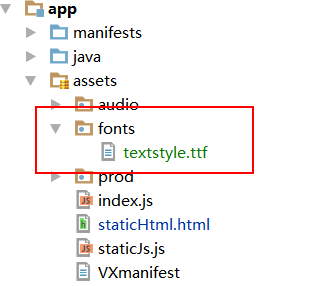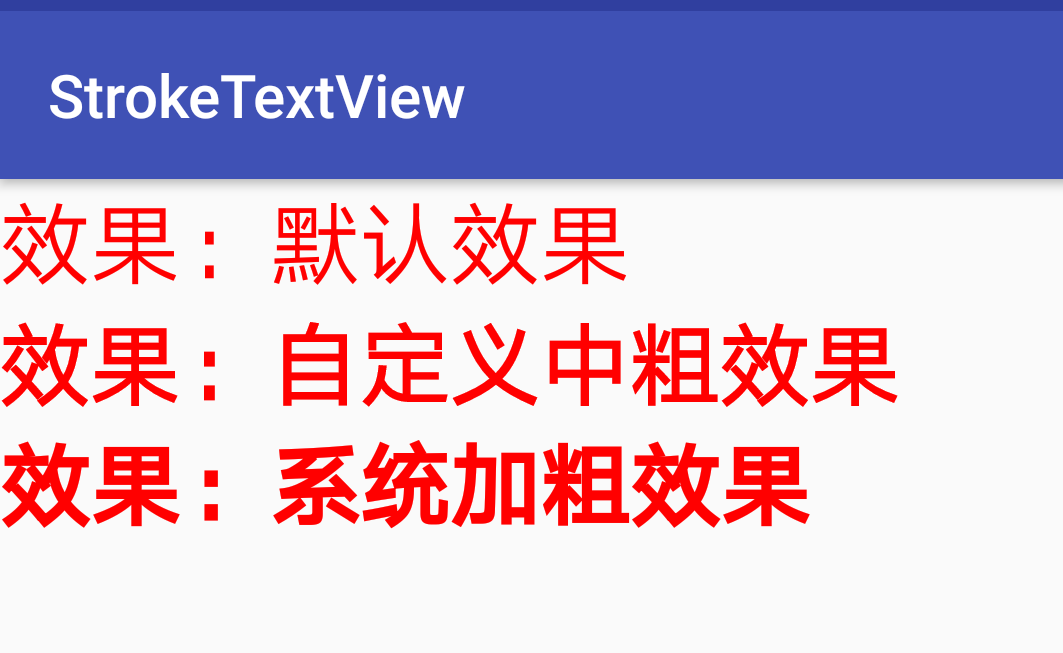我实现了一个可扩展的recyclerview,其子元素是列表的一部分.我跟着这个
code.这是它的工作原理,
The implementation of ExpandableListView using RecyclerView is briefly described as follows. The list model has an additional parameter “type” that identifies whether the item is a header or child. By checking this parameter,the adapter inflates view and viewholder corresponding to the type. If the type is HEADER,it will inflate the layout of header item,that contains a TextView and a ImageView for indicating whether the child tree is expanded or not.
现在,我想要做的是使扩展的布局成为网格.我通常会通过将布局管理器设置为GridLayoutManager来实现这一点,但在这种情况下,我只使用一个recyclerview,这意味着我无法在不更改标题的情况下更改布局管理器,最终导致整个recyclerview变为网格包括标题.
我的问题是:如何在适配器内仅为几个布局更改布局管理器?
Recyclerview适配器:
public class expandablelistadapter extends RecyclerView.Adapter<RecyclerView.ViewHolder> { // These are constants that are used to determine if the item is a child or a header and is defined with each item from the data model public static final int HEADER = 0; public static final int CHILD = 1; private List<Item> data; public expandablelistadapter(List<Item> data) { this.data = data; } @Override public RecyclerView.ViewHolder onCreateViewHolder(ViewGroup parent,int type) { View view = null; LayoutInflater inflater = (LayoutInflater) parent.getContext().getSystemService(Context.LAYOUT_INFLATER_SERVICE); // Check whether the item is a header or child and inflate differnet layouts switch (type) { case HEADER: // Inflate a header layout if the item is a header view = inflater.inflate(R.layout.list_header,parent,false); ListHeaderViewHolder header = new ListHeaderViewHolder(view); return header; case CHILD: // Inflate a child layout if the item is a child view = inflater.inflate(R.layout.list_child,false); ListChildViewHolder child = new ListChildViewHolder(view); return child; } return null; } public void onBindViewHolder(RecyclerView.ViewHolder holder,int position) { final Item item = data.get(position); // Bind different layouts based on if the item is a header or child switch (item.getType()) { case HEADER: // ... case CHILD: // ... } } @Override public int getItemViewType(int position) { return data.get(position).type; } @Override public int getItemCount() { return data.size(); } // Viewholder for the header items private static class ListHeaderViewHolder extends RecyclerView.ViewHolder { // ... } // Viewholder for the child items private static class ListChildViewHolder extends RecyclerView.ViewHolder { // ... }
这是我声明布局管理器的主要活动:
recyclerview = (RecyclerView) findViewById(R.id.recyclerview); recyclerview.setLayoutManager(new linearlayoutmanager(this,linearlayoutmanager.VERTICAL,false));
解决方法
您可以将布局管理器更改为GridLayoutManager并定义标题的“跨度大小”,例如,如果您希望网格具有2列,则标题应具有跨度大小2且子跨度大小为1:
GridLayoutManager glm = new GridLayoutManager(getContext(),2);
glm.setSpanSizeLookup(new GridLayoutManager.SpanSizeLookup() {
@Override
public int getSpanSize(int position) {
switch(getTypeForPosition(position)) {
case HEADER:
return 2;
default:
return 1;
}
}
});
recyclerView.setLayoutManager(glm);






